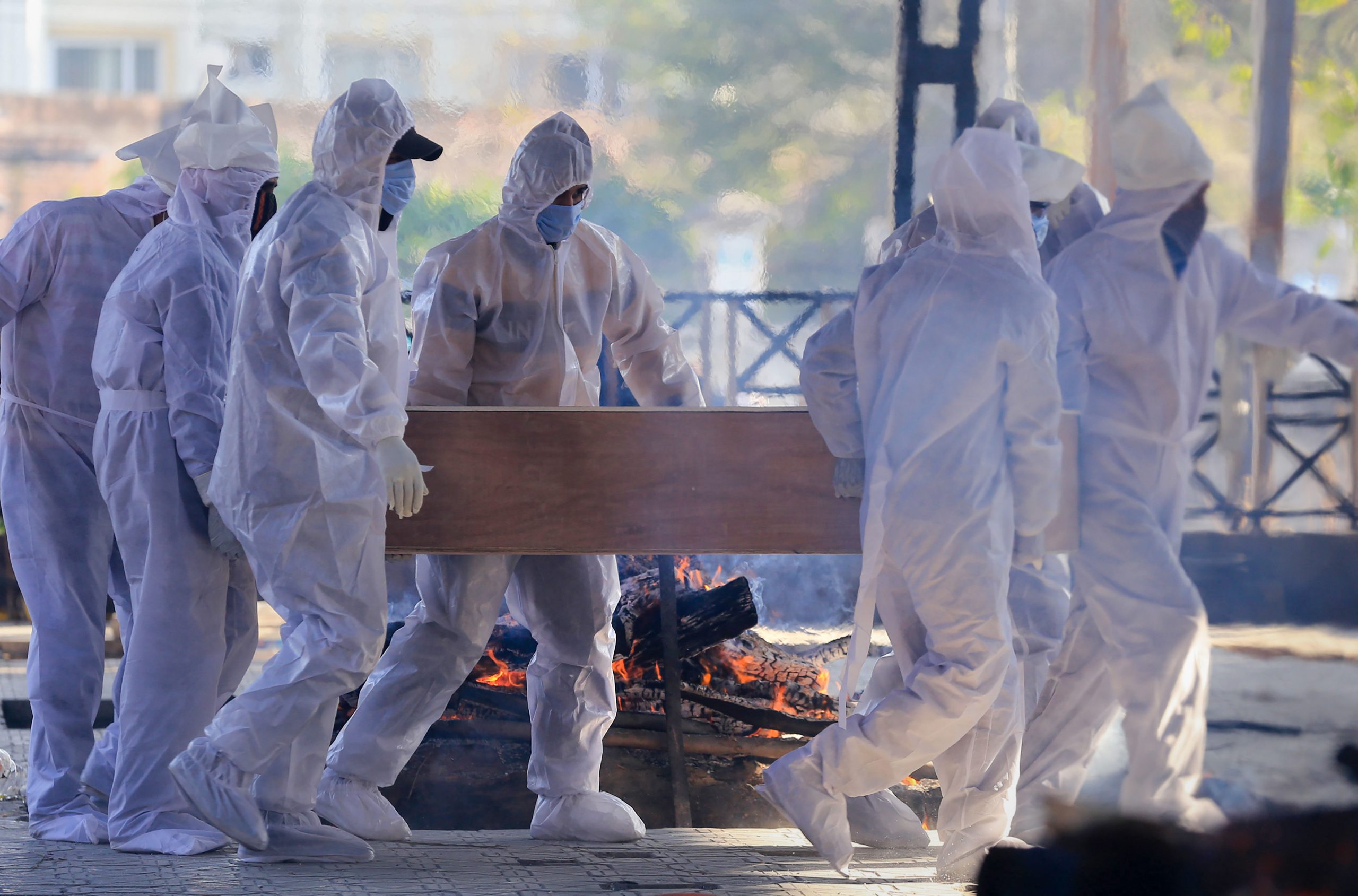Prime Minister Narendra Modi on March 24, 2020, announced a nationwide lockdown in India to prevent the spread of the novel coronavirus infections. After 2 years of lockdown, one needs to know what are the new changes in the country? Let’s take a look.
In absolute terms, the first lockdown was the hardest. However, a relative comparison shows different results.
Also read: Malaysia and Singapore have pledged to work toward full travel resumption
According to the Oxford Stringency Index data, schools, workplace, public events, public gatherings, public transport, internal movements and international travel had come to a halt.
The data, a comparison of quarterly Oxford Stringency Index scores using data from www.ourworldindata.org shows the second quarter of 2020 (April-June) saw the hardest lockdown in India in terms of number of regulations, with the average score being 89.8.
Also read: India revokes COVID-19 measures: Here is all you need to know
India was ranked 16 among 185 countries in that quarter with the median score being just 74.5. After this quarter, India’s lowest Stringency Index score was in the quarter ending December 2021: 46.8.
However, a comparison of the ranks with other countries show that India had the largest number of comparative restrictions in the first quarter of the current year, with its rank being five among 185 countries.
Also read: Moderna says its low-dose COVID shots work for kids under 6
To be sure, data for the current quarter is available for different time periods for different countries. For India, the latest available data for this quarter is till March 14, 2022.
The comparison of scores with India shows that restrictions have always been higher in the country.
Also read: Centre revokes Disaster Management Act provisions for COVID-19
Mobility levels have largely improved except during second and third waves
The first and harshest lockdown imposed in the country decreased visits to places of retail and recreation, workplaces, transit stations, parks, groceries and pharmacies; and increased the time spent by people at home.
Also read: Hillary Clinton tests positive for COVID, former POTUS Bill Clinton negative
The average mobility in the first four categories (called non-essential mobility here for simplicity) increased, then decreased again substantially during the second wave in May 2021, but remained below pre-pandemic levels until October last year.







